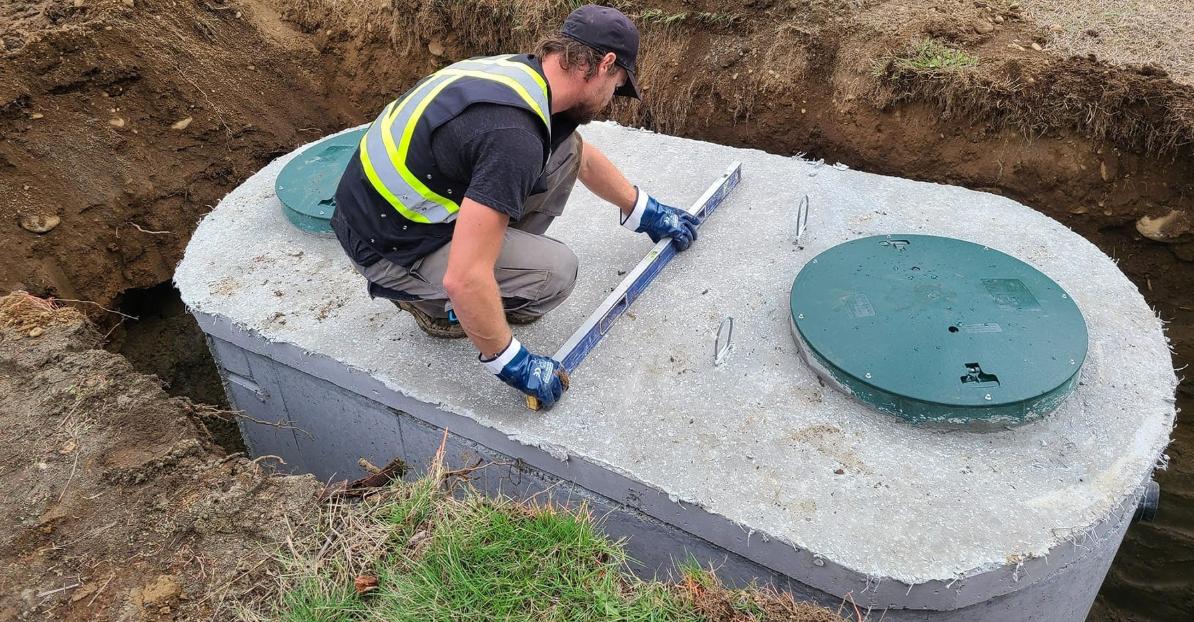
When it comes to managing household waste efficiently, concrete septic tank stand as silent yet vital guardians of our daily comfort and health. Despite their robust nature, these systems require routine care to ensure they provide decades of unerring service. In this blog post, homeowners will delve into the essentials of maintaining their concrete septic tank, thus slashing the need for costly repairs and contributing to a cleaner environment.
Understanding the best practices in concrete septic tank care is fundamental for uninterrupted functionality and longevity. This post unfolds the mystery behind keeping your subterranean ally in top-notch condition.
Regular Inspections: A Must for Septic Success
To prevent unforeseen issues, it’s crucial to schedule periodic inspections with a certified professional. Experts recommend a thorough check-up every three to five years, depending on usage and local regulations. During an inspection, professionals will evaluate structural integrity, scum and sludge levels, and ensure that all components are functioning correctly.
Pumping: The Cornerstone of Septic Maintenance
Over time, solids accumulate in the concrete septic tank, necessitating regular pumping. Neglecting this task can result in system overload, backups, and potentially irreversible damage. As a rule of thumb, pumping should occur every three to five years; however, this schedule might vary based on the size of your household and the tank itself.
Watch What You Flush
The saying “out of sight, out of mind” should not apply to what goes into your concrete septic tank. It’s important to be mindful of what is flushed or disposed of down the drain. Harsh chemicals, non-biodegradable items, and excessive food waste can wreak havoc on the microbial ecosystem within your tank that’s essential for reducing waste.
Water Efficiency: A Win-Win
Embracing water conservation practices significantly reduces the risk of overloading your concrete septic tank. By installing high-efficiency fixtures and appliances, and repairing leaks promptly, homeowners can manage their water use, which in turn, protects their septic system and saves money on utility bills.
Avoid Excessive Weight on the Drainfield
The area above and around a concrete septic tank is as crucial as the tank itself. Ensuring that heavy vehicles, buildings, or other significant weight is kept away from the drain field will prevent soil compaction and potential damage to pipes, which could impede the effluent treatment process.
The Power of Plants
Landscaping isn’t just about aesthetics; it also involves being strategic with plant selection around the septic area. Grasses or other shallow-root plants can aid in moisture absorption and prevent erosion without threatening the structure of your septic system.
In conclusion, maintaining a concrete septic tank isn’t a herculean task, but it is one that demands consistent attention. With regular inspections, proper pumping, mindful waste disposal, water efficiency, physical protection of the drainfield, and thoughtful landscaping, your septic system can easily surpass the test of time. By adopting these best practices, your investment today ensures a reliable, efficient septic system for many years to come.


